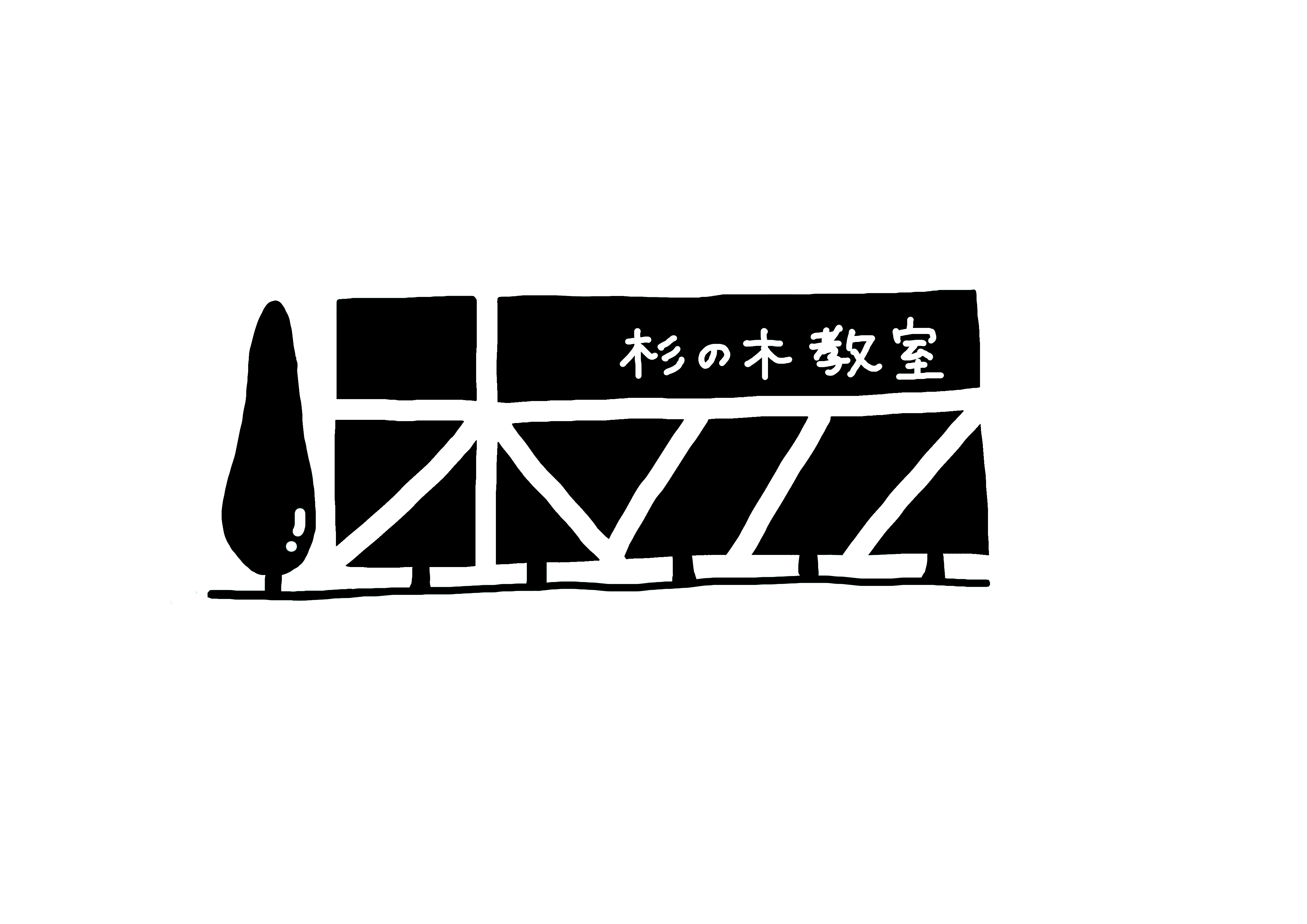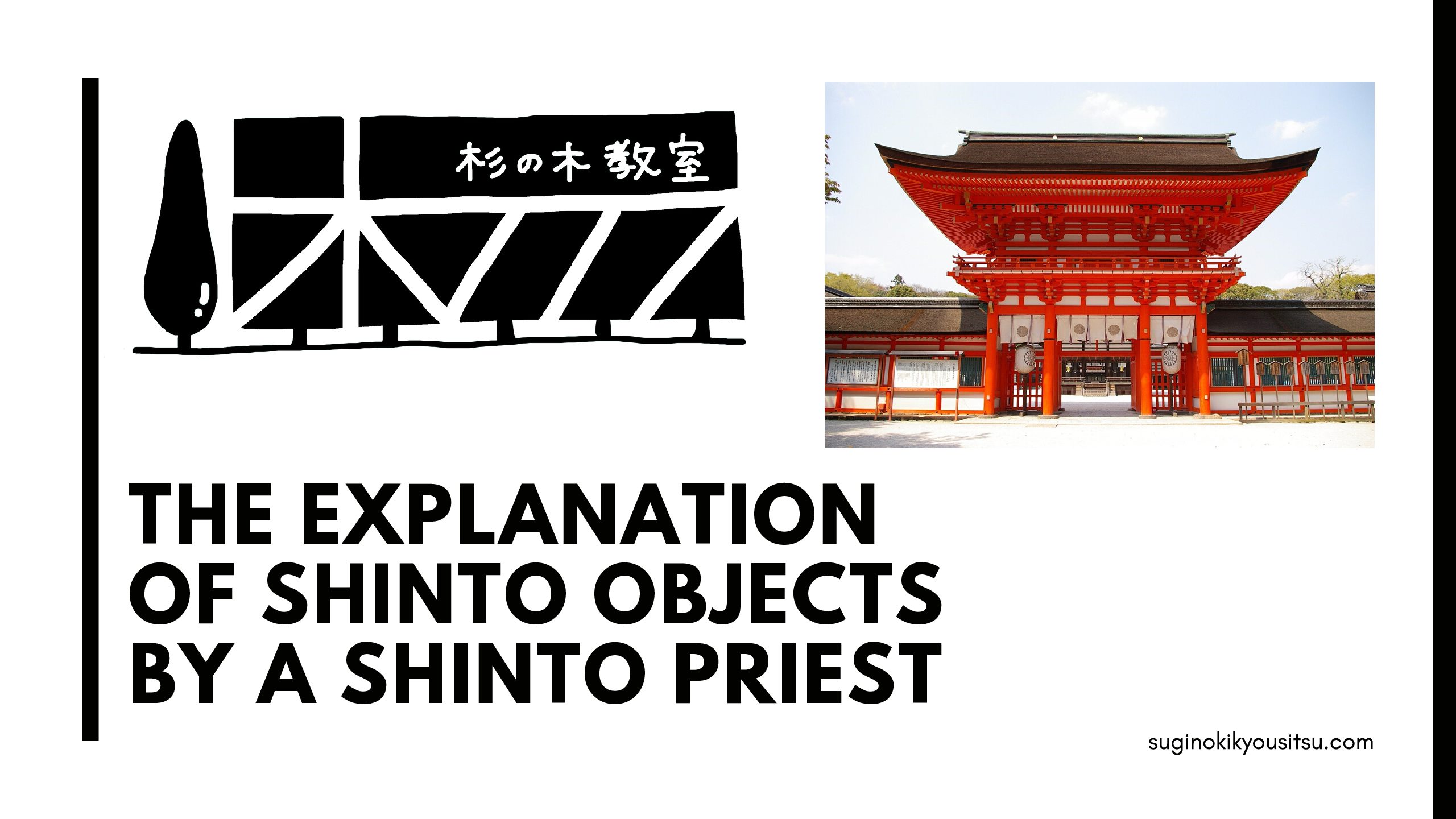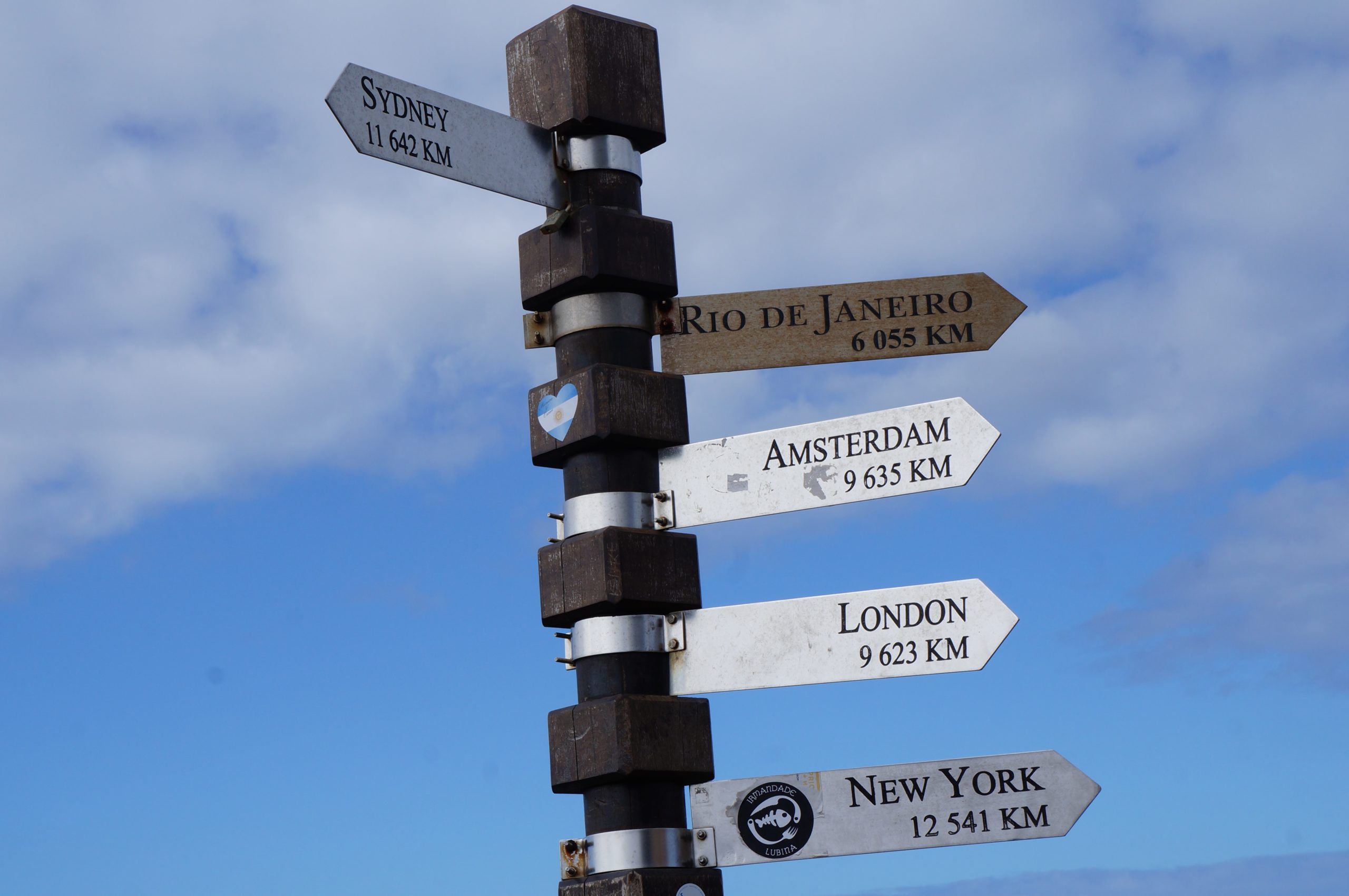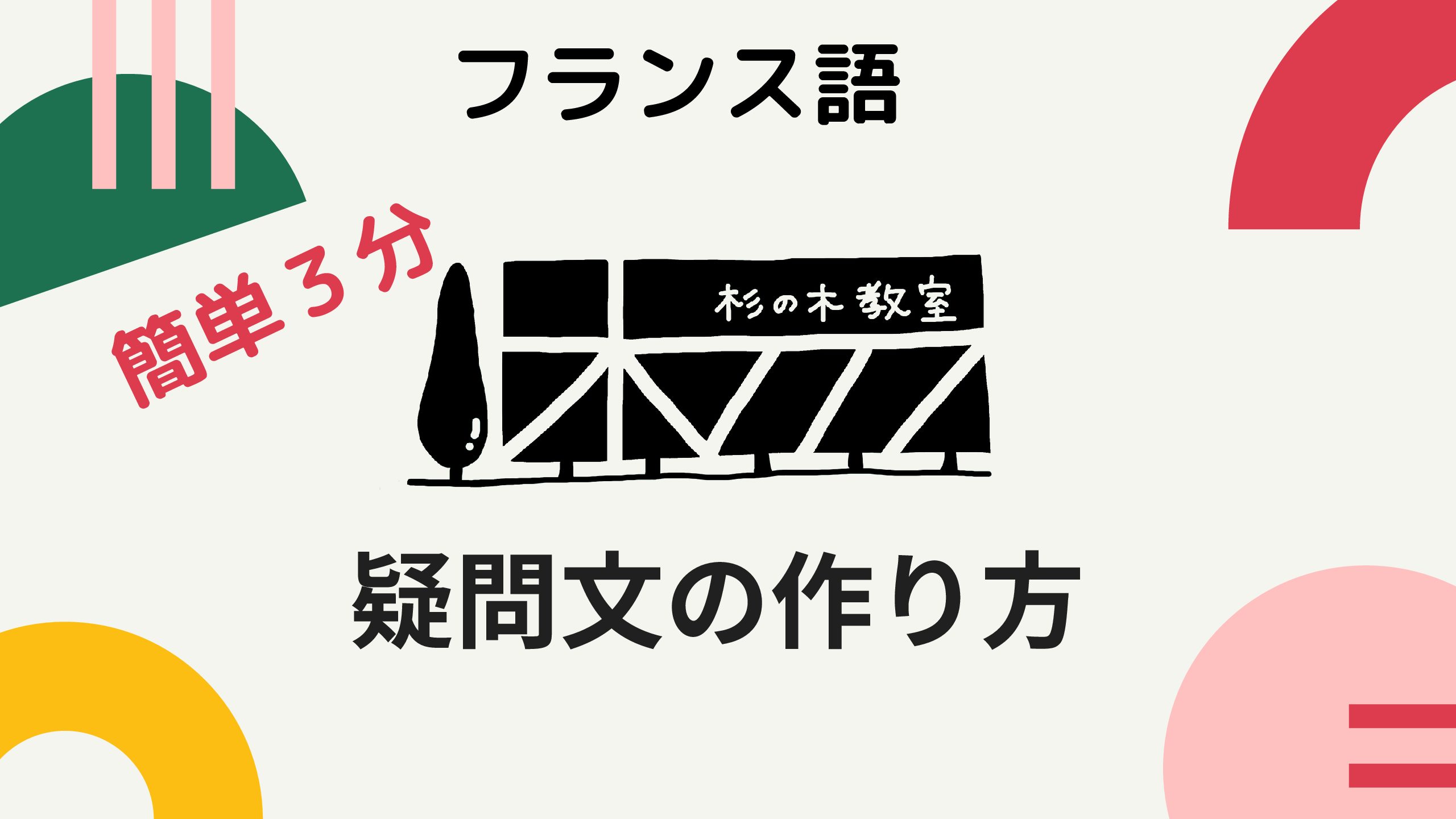Hello, guys
I’m a Shinto priest in Kyoto Japan and learning English.
I had no chance to discuss Shinto with non-Japanese people in English.
How should I do it ?
I’ve found my own answer of writting articles of Shinto in English.
But I have no friend that I can talk with.
If you are interested in Japanese culture, me, or so on,
please read this article and contact me.
Let’s be good friends who can exchange our culture.
Now, this article shows the explanations of Shinto object.
Shinto objects
Have you ever been to a Shinto shrine in Japan?
In a shrine, Kami (deity or deities) are enshrined, surrounded by sacred forests,
and birds singing.
It is really pleasant to be there quietly.
There are many objects in a shrine.
And they are filled with forefather’s sincerity to Kami.
I want to introduce each of them to you.
Torii

Torii is an object which is seen at first when you go to a shrine.
This is a gate that shows the borderline of between the real world and the sacred world.
Seeing Torii, I feel that I have just been in a shrine, and Kami is there.
In other words, Torii is the symbol of the shrine.
In Japanese maps, a shrine is expressed with a mark of Torii.
When you create a physically sacred place, you also create a spiritually sacred place.
Our forefathers thought people need a sacred place in their heart.
Temizusha

Temizusha is a container filled with water.
When we visit a shrine, we must purify our hands and mouth with this water.
Since ancient times, it is important to be clean not only physically but also mentally in praying Kami.
I, a shinto priest, must purify whole my body everyday before I work to the shrine with warm or cold water.
Purifying my body makes my heart purified.
Komainu

Komainu look like dogs or lions.
These are placed on both side of approach or sanctuary.
They are Shinshi. Shinshi means messangers of Kami.
They protect the front of Kami and precinct.
Other animals are used for this purpose, too.
Such as boars, dragons, foxes, wolves, deers, and tigers.
Sando

The way to pray for Kami is called Sando.
In a narrow sense, it means the road inside the torii gate.
In a broad sense, it meens the path from a highway or a busy street to a shrine.
We should be calm down while passing through Sando,
prepare your heart to pray for Kami.
Buildings

Honden
Honden is the dwelling of Kami, and the main shrine.
Kami is worshipped in Honden. It is said that there is Goshinntai in Honden.
Goshintai is the object of worship.
Looking at Goshintai is prohibited.
Of course I have never seen it.
Haiden
Haiden is a building for praying Kami.
Haiden is typically in the front of Honden.
Heiden
Heiden is a biulding for offering.
These are conected or independent.
Some shrines have only Honden or Haiden.
No Honden shrine
Almost shrines have Honden, but Ohmiwa-jinja has no Honden.
And has only Haiden, a building for praying.
There is not the dwelling of Kami.
Where is Kami?
Kami of Ohmiwa-jinja is enshrined in the mountain, Miwa-yama.
Kami in the mountain.
In ancient times, Kami were invited in a tree or rock considered to be pure and sacred, each time people offered prayers.
This is the old style of worshipping Kami.
Outro
There are many other objects in a shrine.
Next time I will write about them.
It is still difficult for me to write articles in English.
It took so long time.
I will write another one however soon.
Because I want you to know of Shinto,
and want to learn another culture.
If you are interested in this,
let’s exchange our culture.




コメント